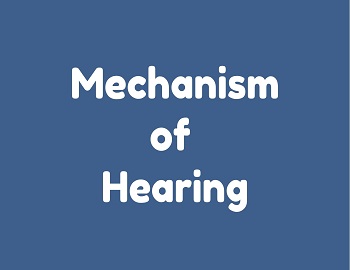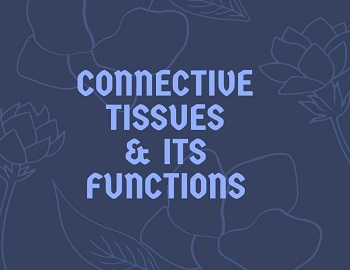Mechanism of Hearing:
The sound waves from the external environment are perceived by the external pina and are transmitted to the fenestra vestibuli (oval window) through the eardrum and auditory ossicles. The auditory vesicles amplify the sound vibrations and the eustachian tube serves to equalize the pressure on the sides of the tympanic membrane. The fenestra vestibuli relays the sound vibrations to the perilymph of the vestibule and subsequently, to the scala vestibuli. From the scala vestibuli, the vibrations are passed to the apex of the cochlea and to the scala tympani and then transverse to the whole length of the cochlea. In this way, the vibrations are set up in the perilymph and pass to the spirally coiled basilar membrane in the endolymph of scala media. The basilar membrane carries a row of sensory hair cell- organ of Corti. These hairs of the Organ of Corti are sensitive to sound vibrations. When the sound vibrations move the basilar membrane up and down, it distorts the hair cells of the organ of Corti and results in the generation of nerve impulses for the production of sound. The auditory nerve, which branches over the vestibular apparatus and cochlea carries the impulses to the auditory area of the brain. The human ear is able to perceive its pitch from 16-20000 cycles per second.
| Common Human Eye Defects | Neo-Darwinism |
| Human Genetic Disorders | Microevolution |
| What is Genetic load? | Mendel’s Principles of Inheritance |
| What is Genetic Drift? | Origin and Evolution of Life– Tamil Board |









Comments (No)